The Pompeii worm’s ability to withstand high temperatures from volcanic activity has been investigated through a series of studies aiming to unravel this mystery.
Discovery and characteristics of the most heat-resistant animal on Earth The Pompeii worm was first discovered in the ruins of Pompeii, Italy, buried during a volcanic eruption in 79 AD. Most of the city’s buildings and artifacts were preserved due to the layer of volcanic ash covering them and the high-temperature hydrothermal vent fluids. During excavation at the site, scientists unintentionally stumbled upon a previously unknown creature, the Pompeii worm.
Researchers have delved into understanding how the Pompeii worm endures high temperatures associated with volcanic environments. Key findings and characteristics include:
- Safe distance: Pompeii worms typically inhabit areas near the mouth of underwater hydrothermal vents but avoid the hottest spots. They maintain a safe distance to avoid excessively high temperatures.
- Physiological heat resistance: These worms possess a remarkable ability to endure extreme temperatures due to their unique physiology. They have a heat-resistant outer layer and protective substances on their skin that help them resist the impact of high temperatures.
- Interaction with minerals: Pompeii worms often feed on bacteria laden with minerals from the volcanic environment. This diet helps them build a mineralized outer layer that provides protection against high temperatures.
These studies not only contribute to a better understanding of the Pompeii worm’s survival mechanisms but also provide valuable insights into how organisms can adapt to challenging environments like volcanic regions.
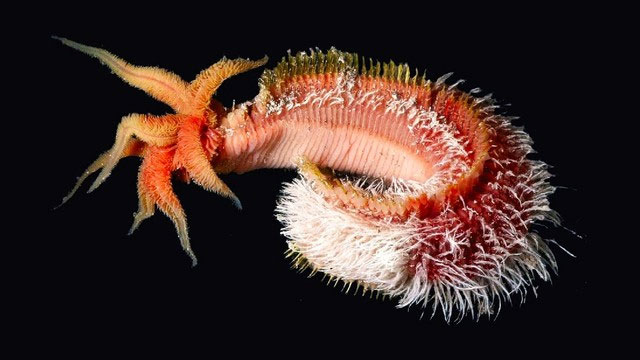
One of the main characteristics of the Pompeii worm is its extremely high adaptability to high temperatures. Through experiments, scientists have discovered that the Pompeii worm can survive at temperatures of 300 degrees Celsius for several hours. Compared to other organisms, their cell structures are more complex, with enhanced DNA repair capabilities, enabling them to withstand damage caused by high temperatures. Additionally, Pompeii worms exhibit resilience to desiccation and oxygen deprivation, allowing them to thrive in harsh environments.
Scientists are intrigued by the discovery of the Pompeii worm because its characteristics could hold significant implications for human understanding. Firstly, the identification of the Pompeii worm demonstrates the resilience and adaptability of life. The ability to survive in challenging conditions suggests that life may find opportunities for survival in various harsh environments. This also instills hope among scientists in researching the possibility of life existing on other planets such as Mars.
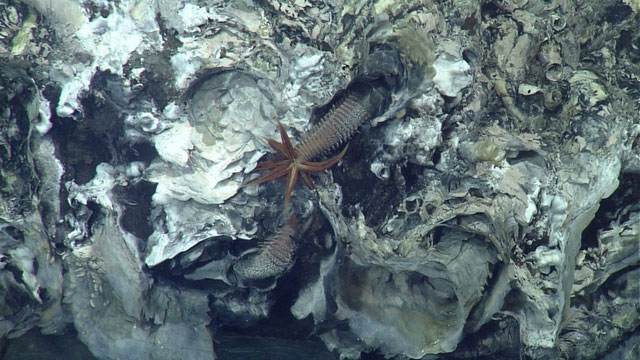
The DNA repair capability of the Pompeii worm holds significant implications for human health research. Scientists can potentially learn from the worm’s gene repair mechanisms to develop more effective DNA repair technologies, offering new insights into disease treatment for humans.
However, the adaptability of the Pompeii worm is not without limits. Despite its ability to survive in harsh environments, the population of these worms is scarce, and their distribution is relatively limited. Scientists attribute this to the low reproductive capacity of the Pompeii worm and its specific feeding habits. Therefore, protecting the Pompeii worm has become a common goal for researchers.
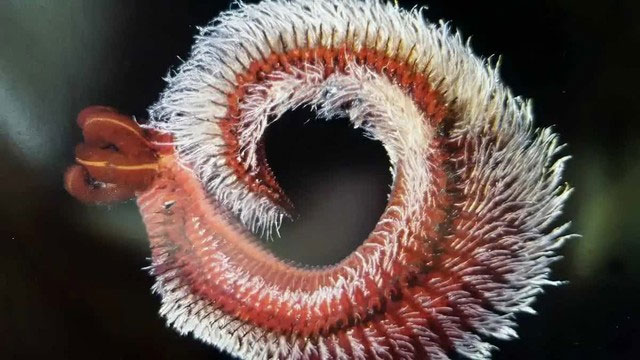
Survival Strategy and Adaptation of Worms after Volcanic Eruptions The Pompeii worm enhances its chances of survival through proactive hiding behavior. When a volcano begins to erupt, they can sense the vibrations in the ground and changes in the volcanic atmosphere. This keen perception allows them to anticipate impending disasters and take appropriate actions. Research indicates that Pompeii worms migrate to safer locations before the volcanic eruption to avoid being buried under ash and volcanic debris.
Pompeii worms exhibit remarkable adaptability. After the volcanic catastrophe that buried the entire city of Pompeii under a dense layer of volcanic ash, creating a completely enclosed environment, the worms managed to survive by adapting to their surroundings. Most organisms cannot endure such conditions due to a lack of oxygen and high temperatures, but Pompeii worms can store oxygen through their breathing tubes and specialized oxygen storage sites, enabling them to persist in the volcanic ash.
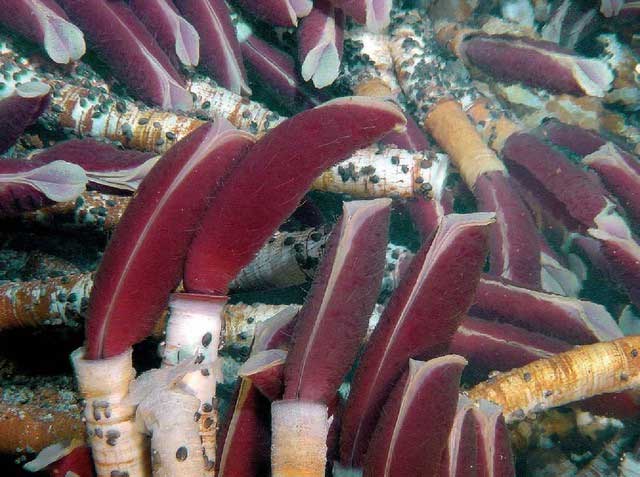
Pompeii worms also collaborate with each other to enhance survival chances. After a volcanic eruption, they tend to gather and form groups, creating Pompeii worm colonies. By cooperating, they can collectively face various challenges from the external environment and adapt to conditions with higher chances of survival.
To understand the heat resistance mechanism of Pompeii worms, scientists have conducted numerous studies. They discovered that these creatures are covered by a specific bacterial community that produces a unique protein, helping them withstand high temperatures. This protein aids Pompeii worms in resisting heat and protects the cells within their bodies from damage. Additionally, these bacteria can secrete a special slimy substance that helps the worms retain moisture at high temperatures and prevent dehydration.
Beyond the bacterial community on their bodies, Pompeii worms have developed a complex and unique physiological mechanism through evolution. Their cell walls are relatively thick, efficiently isolating cells to prevent damage from high temperatures. Moreover, Pompeii worm cells contain a specific enzyme that can regulate internal cell temperature and counteract the effects of high temperatures.
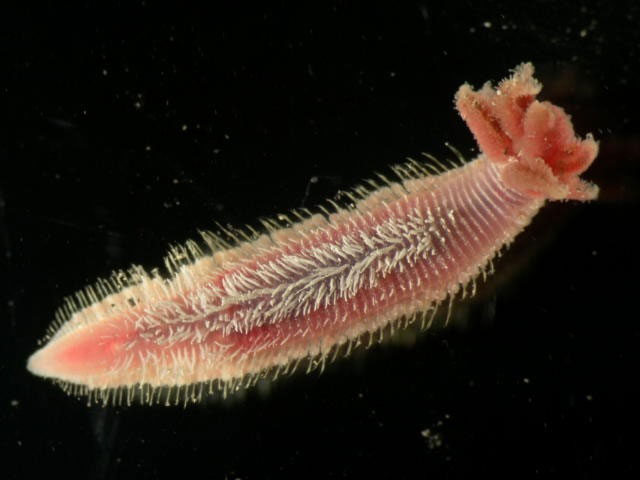
The body structure of the Pompeii worm is closely related to its heat resistance capabilities. Their bodies are straight and covered with numerous hairs. These hairs increase the surface area and provide more channels for heat dissipation, helping the Pompeii worm lower its body temperature. Simultaneously, these hairs can aid the worm in absorbing nutrients from the surrounding environment, providing them with the necessary energy.
The heat resistance of the Pompeii worm is not only a survival strategy but has also evolved over time. Due to the extremely harsh environment near deep-sea hydrothermal vents, where these worms are found, ordinary animals find it challenging to survive. Through the process of evolution, the Pompeii worm has developed heat-resistant capabilities, giving them a survival advantage in this unique environment.




